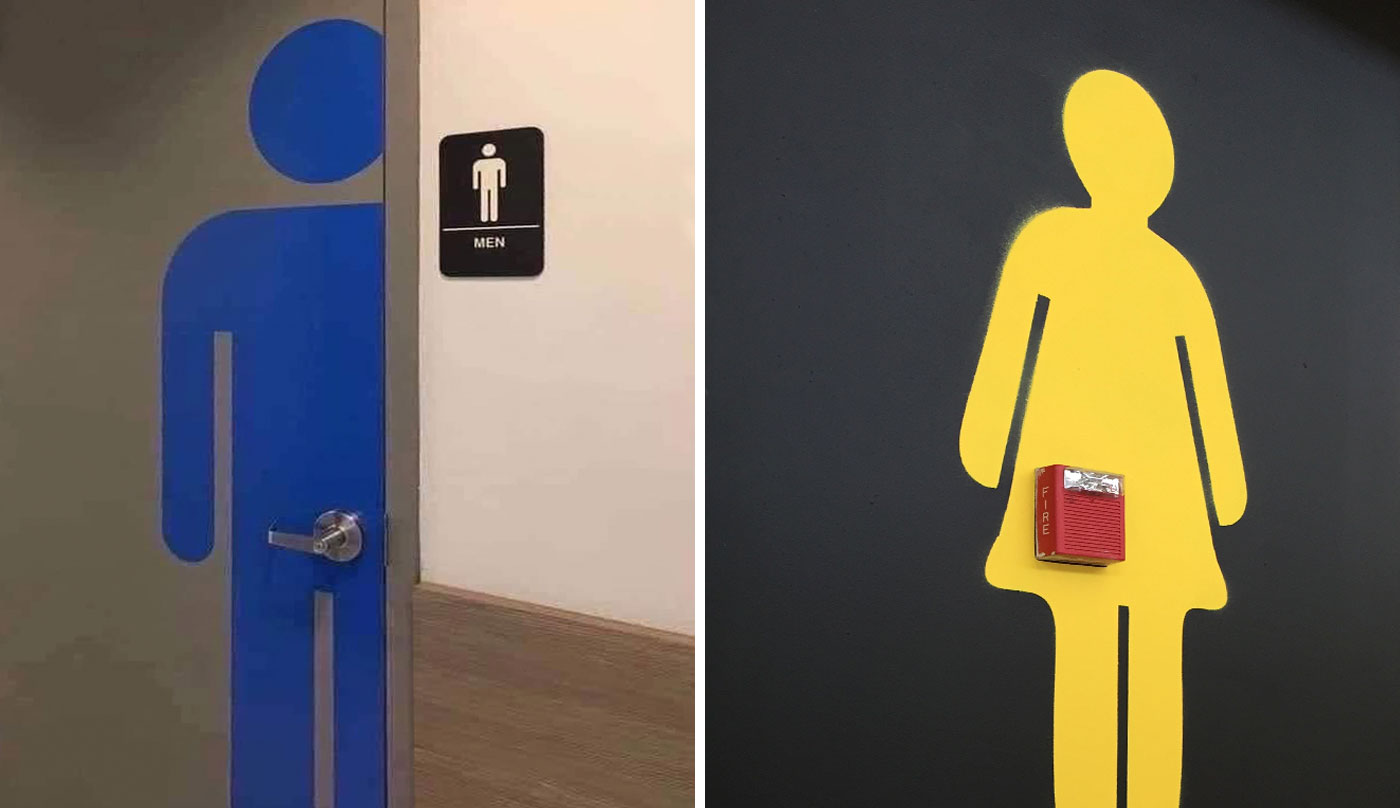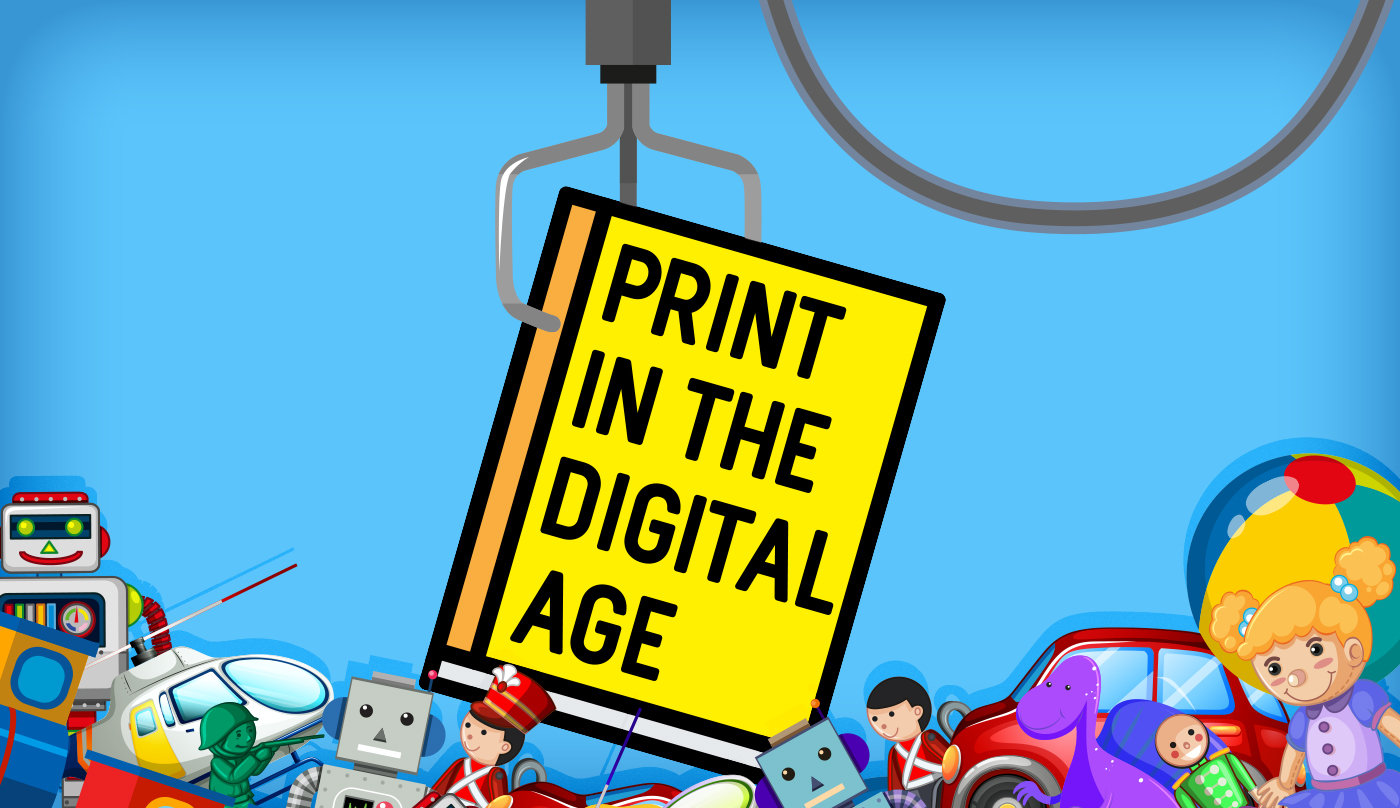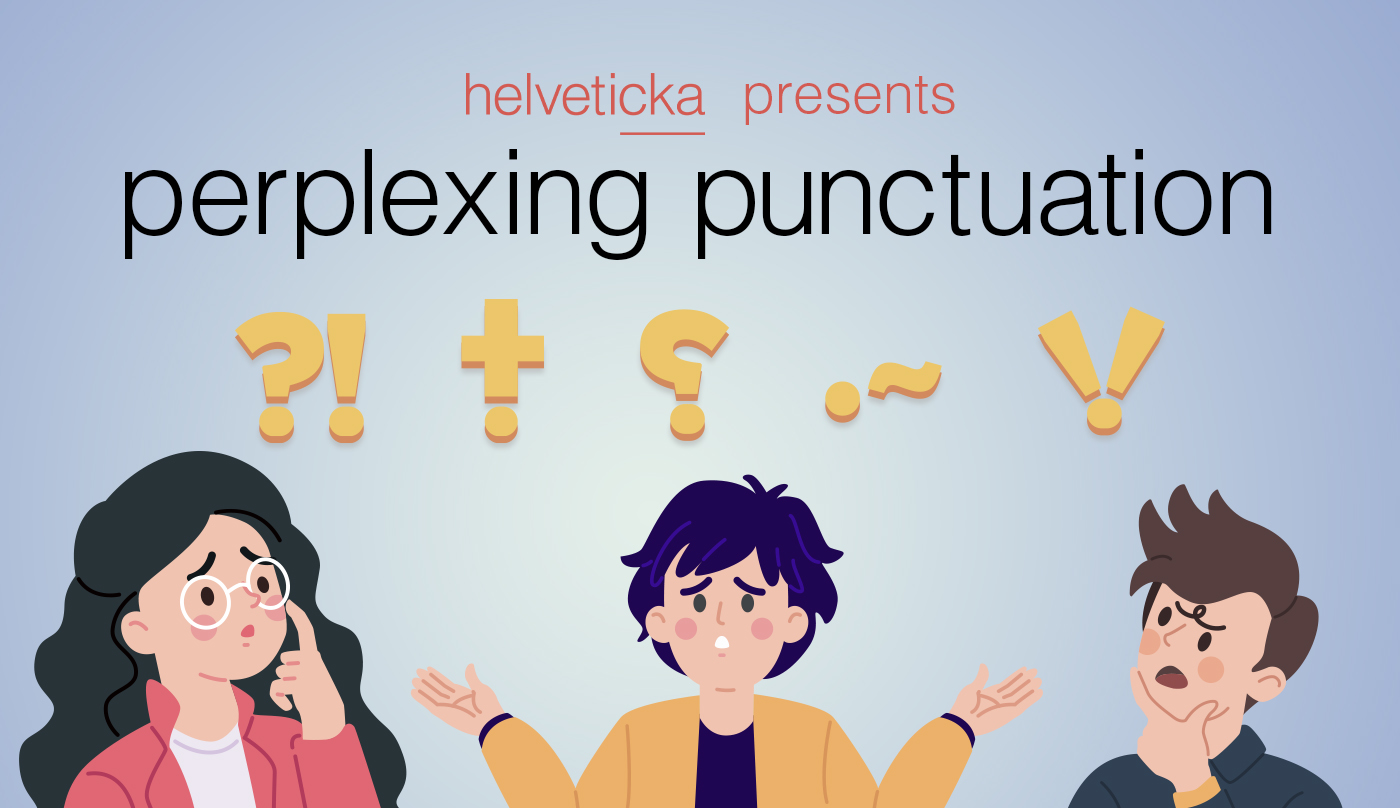My husband is fluent in geek.
He’s a software engineer, so he obviously learned it on the job – along with Python, C++, and Java. Heck, even the names of those programming languages are geek speak.
To most people, a python is just a snake, C++ is a grade barely below a B- -, and java is a cuppa joe. But to programmers, ordinary words take on new meaning.
As a word nerd myself – which, to be fair, is related to a geek – I’m amused and sometimes irritated by the words my husband uses at work. Today, I’m going to share some of my favorite geek words, and by the end of this post, you’ll be able to speak geek too.
Let’s start with my husband’s job title: he’s a backend software engineer. Which basically means he works on the part of the software system that users don’t see.
I’ll be honest. My immature side finds the term backend a bit funny, and I’m happy to say I’m not the only one. Recently, my husband mentioned his job title to a gastroenterology nurse, who replied without skipping a beat:
“A backend engineer? That’s what I am too.”
Touché.
When it comes to speaking geek, portmanteaus – aka frankenwords – are common. That’s when you blend two words to make a new one, like spork (spoon + fork). Here are a couple that programmers like to use:
DevOps, or development operations. This makes me think of the word cyclops. But I’m pretty sure everyone who works in DevOps has two eyes. Or most of them do, anyway.
Mutex, or mutually exclusive. Um, no. This is destined to be the name of a nasal spray.
In geek, it’s also perfectly acceptable to make up new words altogether. Usually, this means adding prefixes and/or suffixes to otherwise respectable words. I’ll admit, this bugs me quite a bit. Here are a few examples I’ve heard from programmers:
intentful
redocumentation
evolvability
robusticize
So far, the folks at Merriam-Webster haven’t officially recognized these words. But it’s probably only a matter of time until they do.
Geek also uses tons of acronyms and initialisms. In the programming world, these can get excessive. Here are a few you should know:
PO, or product owner. Ordinarily, this just means that someone’s peeved, as in, “Programmers hate it when their PO gets poed.”
MVP, or minimum viable product. Usually, an MVP is a rockstar. But in this case, it’s pretty much the opposite.
WYSIWYG, or what you see is what you get. Seriously. Could this acronym get any longer? Thankfully, it’s pronounced whiz-ee-wig, and that’s plain fun to say.
BOTW, or Legend of Zelda: Breath of the Wild. I guarantee this one’s been showing up in the Slack chat for weeks now, since BOTW 2 was just released. (Or would it be TOTK?)
MTFBWY, or may the force be with you. You can’t even make this stuff up. Hey, I call it geek speak for a reason.
And finally, there’s this one – which may or may not apply to this blog post:
TLDR, or too long; didn’t read.
posted by: Denise Wilson | category: random thoughts the writing life | make a comment











